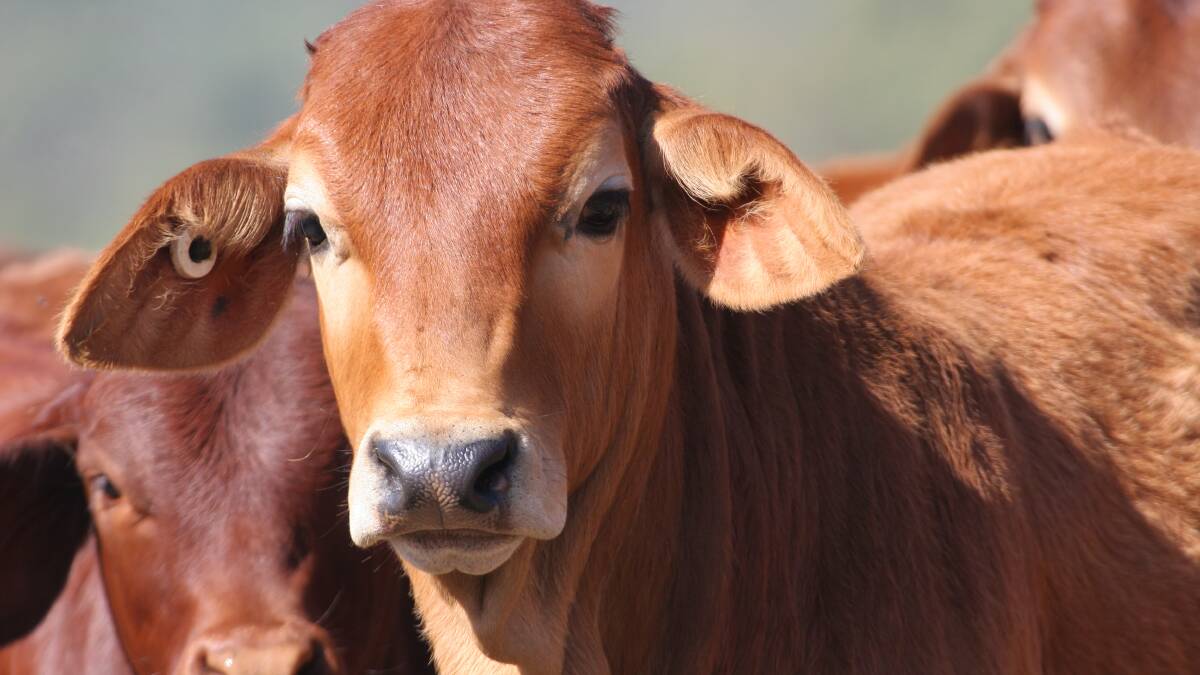
THE rewards for climate-smart red meat businesses are well known.
Consumer and community support, market access, reduced risk of government regulatory intervention, access to funding or lower-cost capital, and, of course, climate resilience are driving the industry's push towards being carbon neutral by 2030.
What has been more difficult for the average producer to put their finger on is how to take the first practical steps.
That's why the ten ways for producers to be on the front foot with carbon neutrality presented by Meat & Livestock Australia's sustainability program manager Doug McNicholl at a webinar this week is possibly the most valuable extension advice doing the rounds at the moment.
Here they are:
- Arm yourself with the right knowledge - identify your emissions sources, know what carbon storage options are available and document them in a carbon account.
- Consider herd or flock management practices to improve livestock diet, breeding efficiency or structure to reduce methane emissions per kilogram of live weight produced.
- Consider energy-efficient or renewable energy technologies to reduce fossil fuel use.
- Identify shade and shelter options on farm. Integrate trees and shrubs into grazing systems for improved carbon storage and animal health and biodiversity benefits.
- Consider the potential for savanna fire management methods to avoid emissions and improve carbon storage.
- Monitor and record active dung beetle populations.
- Plan for delivery and distribution of new feeds and supplements which reduce methane emissions.
- Establish deep-rooted, palatable pastures and legumes to improve soil carbon levels and lift animal productivity.
- Consider what mix of pastures, legumes and trees is suitable to maintain livestock productivity in future weather and climate scenarios.
- Look at collaborative supply chain arrangements to mitigate financial, environmental and market risks as well as the impact on business inputs and output.
One of key call outs in the 2030 strategy developed by the industry's overarching body, the Red Meat Advisory Council, is the aspiration to double the value of red meat sales by 2030 at same time as reaching a carbon neutral position.

Mr McNicholl, speaking at an online event hosted by the Australian Intercollegiate Meat Judging Association yesterday, said for the first time there had been a convergence of market pull and technology push factors that present significant opportunities for the red meat industry to capture value and increase profitability by commercialising the environmental services it provides to the community.
That's what CN30 is all about.
And achieving it won't require a reduction in livestock numbers.
CSIRO analysis shows it's possible to achieve the bold CN30 promise without reducing herd and flock numbers below the rolling ten-year average up to 2015 of 25 million cattle, 70m sheep and half a million goats.
Already, the red meat and livestock sector has halved its contribution to Australia's greenhouse gas emissions since 2005 to now contribute 10pc.
Market pull
Mr McNicholl said market pull factors were creating a demand and investment appetite for carbon neutral credentials.
This is how he explained it:
Beef was on the menu in more than 90pc of Australian households last year and lamb more than 76pc. We want to maintain that.
MLA research shows red meat producers are trusted by consumers, with 93pc saying they are responsible custodians of the land. We want to maintain consumer trust.
For the past three years, the number of metropolitan people who identify as vegetarian or vegan has remained stable at 7pc and of those 14pc occasionally eat meat. We want to limit the number choosing not to eat meat for environmental reasons.
At the same time, 15pc of meat eaters have been vegetarian in the past. We want to grow the already high return rate to eating meat.
"At a national level, cost and health remain the primary drivers behind red meat reduction so we have to remain laser focussed on those attributes," Mr McNicholl said.
Environmental stewardship credentials are a consistently low driver for eating less meat and the industry needs to maintain that, he said.
However, there is also data emerging that verifiable sustainability claims are an enabler to sales growth.
"Attaching sustainability claims to high quality eating red meat products is another way of attaching a value proposition," Mr McNicholl said.
Technology push
Novel animal supplements and legumes are increasing live weight gains and dramatically reducing methane emissions at the same time.
Increased soil organic matter from deep-rooted pastures and legumes is improving soil health, feedbase productivity and drought resilience.
Improvements in genetics and herd management are reducing methane emissions per kilogram of live weight produced.
Integration of trees and shrubs to grazing systems are improving carbon storage, providing shade and shelter for livestock and bringing biodiversity benefits.
There is plenty for the average producer to tap into and Mr McNicholl said CN30 was definitely achievable with industry commitment, the right policy settings and new investment in research, development and adoption.
ALSO IN BEEF:


